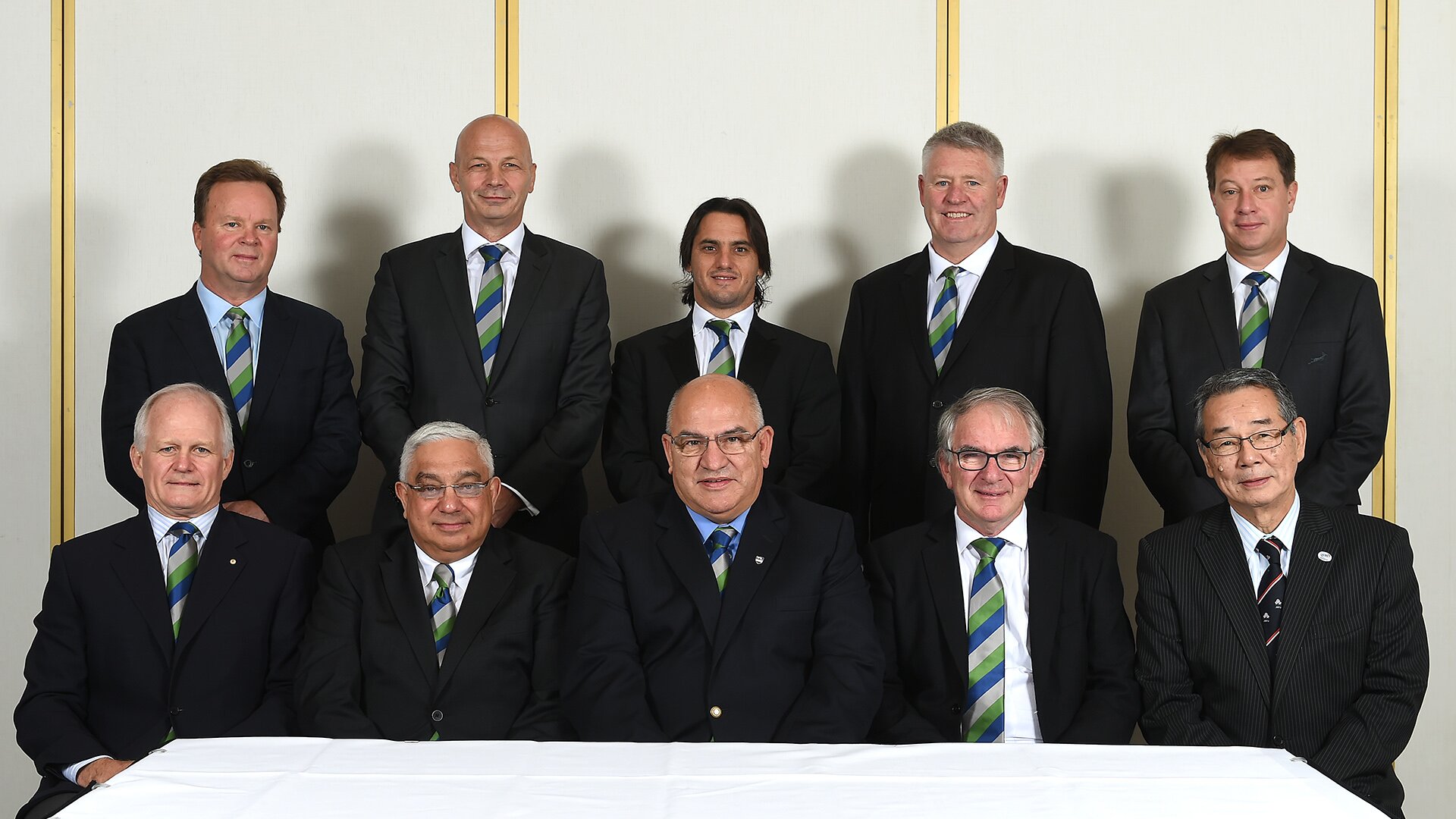The SANZAAR unions may be in complete agreement on World Rugby’s Nations Championship, but trickle-down economics may be a hard sell for their constituents.
The dollars are on the table for World Rugby but the dinner bell has yet to ring for the southern hemisphere’s rugby collective, SANZAAR. The regional body, originally a joint venture between Australia, New Zealand and South Africa which has expanded to include Argentina, is responsible for the running of The Rugby Championship, one of the key components of World Rugby’s Nations Championship grand vision – a vision that appears to have been created in response to an offer, rather than to attract one. It is also responsible for Super Rugby, and that could yet prove to be a sticking point.
We’ll get to that, but before we do let us just take a moment to remind ourselves of the rugby landscape in the southern hemisphere. New Zealand and South Africa came into the professional age more than two decades ago each boasting an incredible domestic provincial league that fed talent upwards to the international game. Australia had its ultra-competitive club scene and the age-old interstate rivalry, predominantly between NSW and Queensland, to sort the wheat from the chaff.
Fast-forward to 2019 and by any relevant measure the NPC is a shadow of its former self, despite the best intentions and hard work of the provincial unions; the Currie Cup draws a fraction of the interest it once did; and Australian Rugby is still finding a way to fertilise the grassroots of the game, aided – it must be said – by a rejuvenated interest in club footy. All this has happened after the “game-changing” creation of the Tri-Nations and Super Rugby. And take one guess as to what World Rugby’s Nations Championship is being described as in this neck of the woods.
Yep. A game changer.
It was the very same line used at the formation of the SANZAR (as it was originally known) and at the formation of the first iteration of ‘Super Rugby’. It was the line used to describe the new Tri-nations tournament which has expanded to include Argentina and will, if plans proceed, grow again to include Japan and Fiji. These were all “game-changers” and, interestingly, they were reactions to the same perceived threat cited during the current negotiation: the need to protect southern hemisphere players from the big money clubs. In 1995 that big money was supposedly on offer in rugby league. Today that big money is on offer in Europe.
So here we go again. Different big bad wolf, same Red Riding Hood.
On the surface, a collective such as SANZAAR should wield enormous power, and in many respects it does. Super Rugby has worked despite the challenges around union self-interest (something that appears to have been put to one side in the discussions regarding the Nations Championship) and the unenviable logistic challenges posed by time zones and flying times. It has, however, come at a cost to the provincial and club game. The enthusiasm for World Rugby’s plan must be tempered by the lessons of history. Creating a new product above the current domestic or regional offerings does not necessarily lead to better outcomes for the lower levels. In fact, some would argue it has the opposite effect. The money is poured in, but it never leaked past the upper echelons.
The broadcast dollars on offer were never enough to sustain the game at every level, and the increasing demands for cash from Super Rugby franchises began to consume what revenue gains had been made. Alongside that, Super Rugby – in each of the countries represented in the SANZAAR arrangement – replaced provincial rugby as the test selection platform, subjugating the provincial unions or major clubs, and greatly impacting on their ability to earn. When they couldn’t earn, the hand went out, and even more of the broadcast revenue was consumed in bailouts and top-ups.
Which gets us back to the problematic nature of the Nations Championship with respect to Super Rugby. Ostensibly this move is a direct assault on the power of the private club owners – of that there can be little doubt. However, in introducing an annual test championship, do we not run the risk of turning test teams into the new clubs, and test tournaments into the new leagues? We have already seen domestic competitions decimated by regionalism, what chance regional competitions can withstand internationalism? At what point does Super Rugby follow the National Provincial Championship into the marginal enterprise basket?
It is a genuine question and one the power brokers of the southern hemisphere and their constituent provincial unions and stakeholders would be asking themselves. The investigation of a collective strategy around a global rights package is a worthy endeavour for rugby union but it naturally comes with caveats. Yes, there are dollars on the table, but only – in this instance – for the international game. As a result, each of those teams will require more players, added resources, and greater investment. That arrangement will soon start to devour more than a fair slice of the bigger pie. The ability of the unions to make money from their own domestic leagues will be further challenged. The broadcast interest in a carved up domestic landscape possibly reduced.
Whatever the outcome, most observers would say the Nations Championship has the potential to have the same kind of far-reaching impact of the creation of the Rugby World Cup in 1987 and the move to professional tournaments in 1996. Both of those historical landmarks were indeed game changers for rugby, but not all of those changes have been kind to the game.
















